Oil-free air compressors also use a piston or rotary element, but they get around the lubrication problem by coating the compression element with a pre-lubricating material. Some oilless air compressors may also use water in place of oil for the lubricating and cooling process. These alternate materials protect the pump and allow the mechanism to move smoothly without the need for any oil-based or synthetic lubrication. Let's walk through how an oil-less air compressor starts working and provides you with the compressed air that you need.
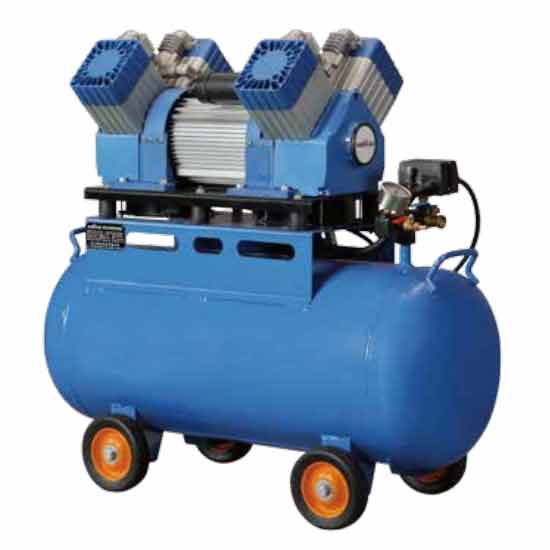
First, the external air enters the oil-free air compressor through the unloading valve. It then passes through the intake filter to filter out dust, dirt, and small debris to ensure clean air, reducing damage to the compressor and its internal components.
The unloading valve opens, and the compressor pumps air into the chamber, placing it in the "loaded" state. When the valve is closed, the compressor enters the "no-load" state and starts to run. When the compressor is running and actively delivering compressed air, the air cannot be sucked in.
The general compressor element will operate at a pressure of about 2.5 bar. The air compressor will generate heat, usually related to the low-pressure compressor element because it can work without refueling. Compressed air allows the unit to operate at temperatures as high as 180 degrees. The temperature is twice the temperature reached by an oil-lubricated compressor because of the lack of a flowing medium that can take the heat away.
After the air is initially compressed, the piston will piston the air to cool the air through an intermediate cooler to be further compressed. Cooling air is essentially a simple method that allows the engine to use more dense and more oxygen-free air again, thereby providing more fuel while working with internal combustion engines and increasing power output. Cooling air can cause condensation. The intercooler will be equipped with a standard filter intended to remove moisture and water in the air. Usually, you will see that this filter is listed as a moisture collector. After the air is cooled, return to the compressor for further compression.
The intermediate cooler is essential; one is that it cools air to an appropriate temperature, reducing the probability of any damage associated with heat. The second is that the intermediate cooler allows air to compress at a higher air pressure in the secondary pump, and the cooling process means that the second level will face less wear.
The air will be moved back to the main chamber or the second chamber of the air compressor (depending on its design), which is compressed by the high-pressure element, and the maximum pressure that can be achieved is generally 116-145 psi.
The air becomes very hot again because the surrounding components lack lubrication; it needs to be also cooled.
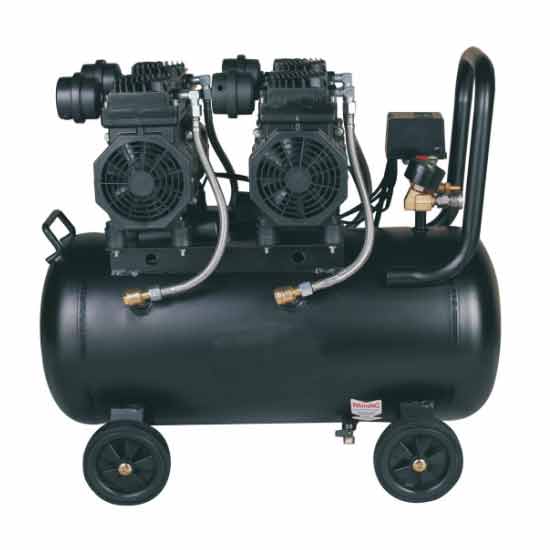
In the second phase of the compression, the air will reach a temperature of about 150 degrees, and it is necessary to further cool to use it for other equipment.
When the air flows to the rear cooler, it passes through the one-way valve, which prevents any reflux, thereby ensuring that the atmosphere continues to be compressed and filled with a water tank. Reflow can damage your device and cause the air compressor to be seriously faulty. The rear cooler is the destination after the air after its final compression phase, which allows air to be stored appropriately, and the atmosphere is finally stored or sent to your device for use.
Many compressors, especially reciprocating compressors, are equipped with a pulsating damper located in front of the rear cooler. Pulses will echo in the pipeline system, which will make your tools and mechanics challenging to measure and use air pressure correctly. The damper is designed to reduce the pulsation and vibration caused by the air compressor during use inhalation and opening the exhaust valve.
Pressure switches are typically mounted on the unloading valve, and the detection device in the air compressor fuel tank will monitor your air level. When it drops below the specified level, the air compressor will reopen and start working to reconstruct the compressed air in the tank. The pressure switch is used to monitor and turn off the compressor and then open.
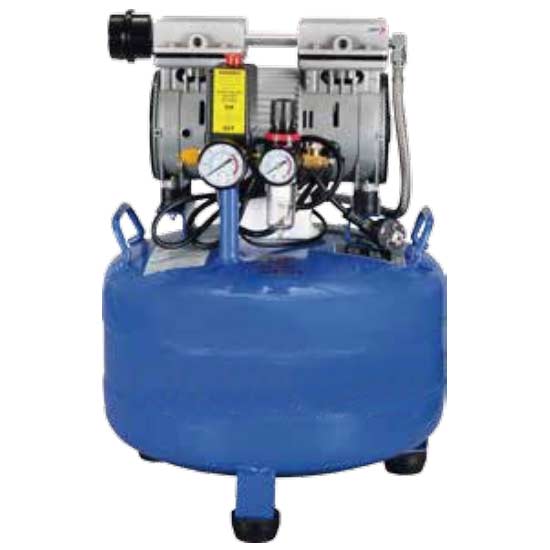
Usually, an Oilless Air Compressor won't survive so long as an oil-lubricated version since their pre-lubrication will slowly eliminate and degrade over time. Oil-free compressors also often utilize a motor, which will not stay so long as an electrical engineer.
Oilless Air Compressor Manufacturer tells you the Teflon coating frequently utilized to lubricate the inner cylinder only wears off with time. Also, this wear may increase once an oil-less compressor is used in extreme temperatures or for extended durations. You may take an oil-less compressor to endure for years if you are attentive. However, this requires additional time and cash (typically) compared to an oil-lubricated air compressor.
If you would like to expand the length of time, your oil-less compressor will survive. Excellent care is the very best, buddy. Air compressors have plenty of moving parts that can result in substantial wear, so make sure you're looking indoors at least one time per month. Assess the permanently lubricated elements, like the cylinder's Teflon coating and Teflon or carbon ring seals.
Understand these if you want to get an Oilless Air Compressor quote, please call Auto Tools Depot, a China Oilless Air Compressor factory. We will give you a more professional explanation.
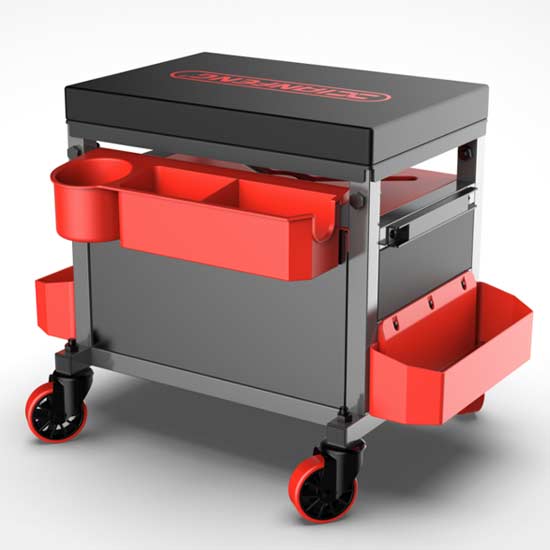 Tool seat
Tool seat
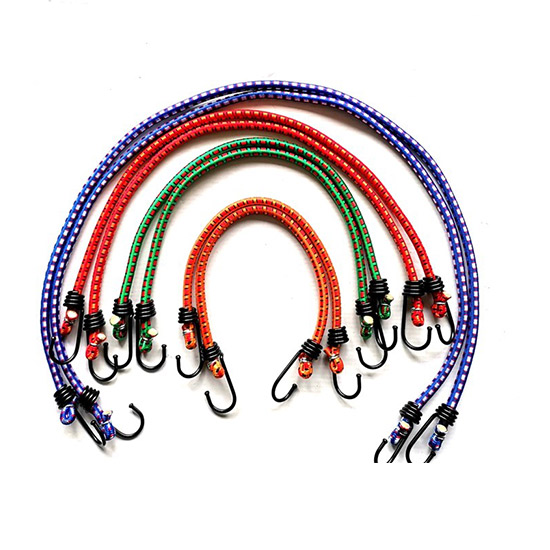 Stretch Cord
Stretch Cord
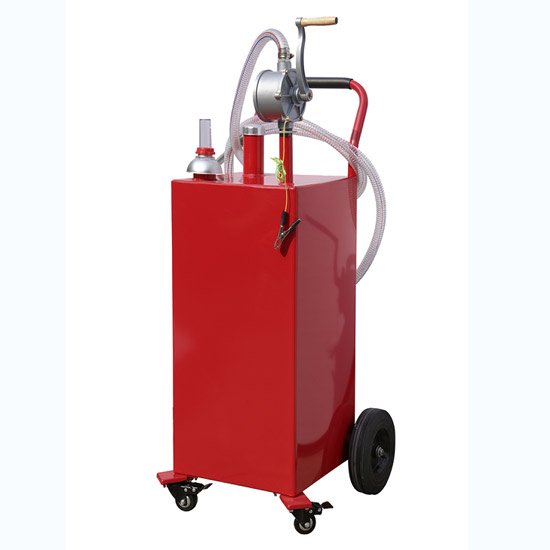 Oil Pump
Oil Pump
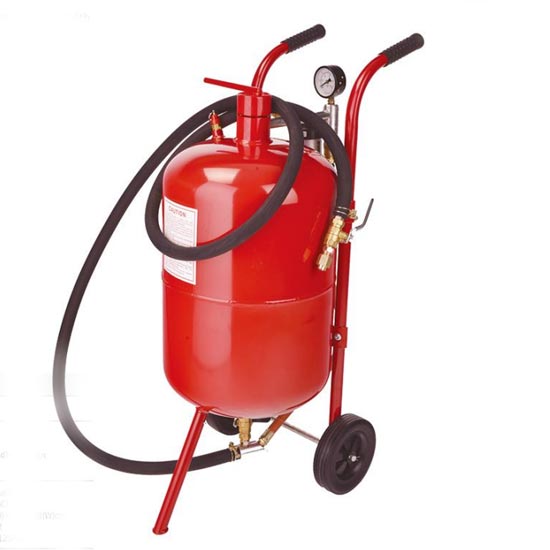 Sandblast Pot
Sandblast Pot
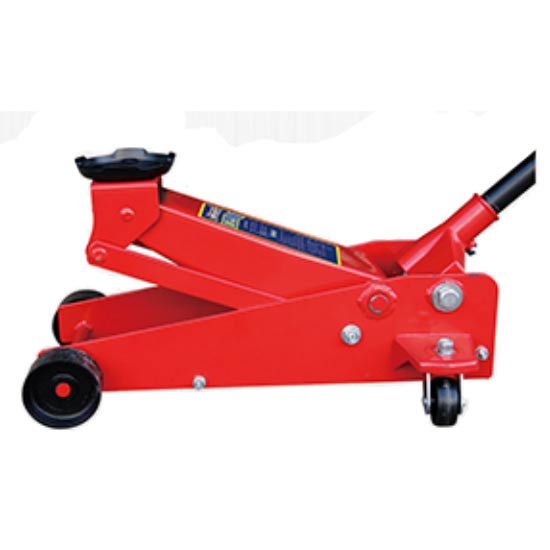 2.25 Ton Hydraulic Floor Jack
2.25 Ton Hydraulic Floor Jack
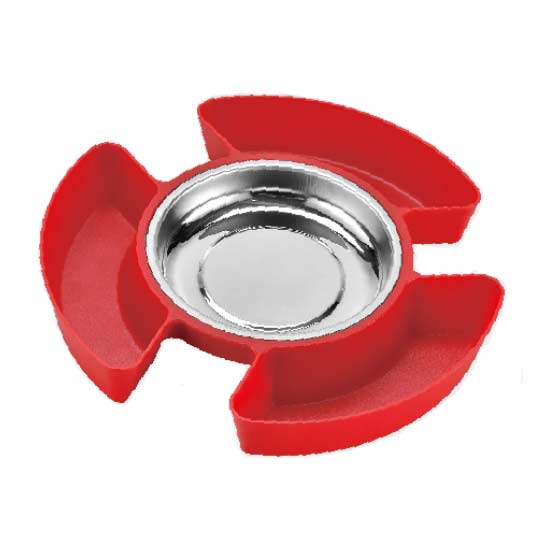 Magnetic Tray With Tool Plate
Magnetic Tray With Tool Plate
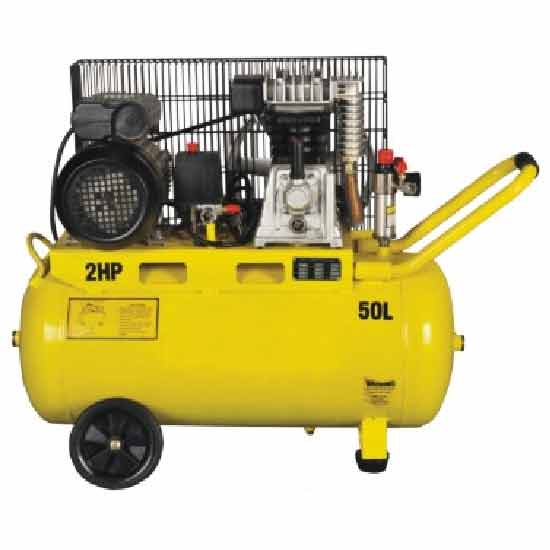 Single-stage Air-cool Movable Air Compressor
Single-stage Air-cool Movable Air Compressor
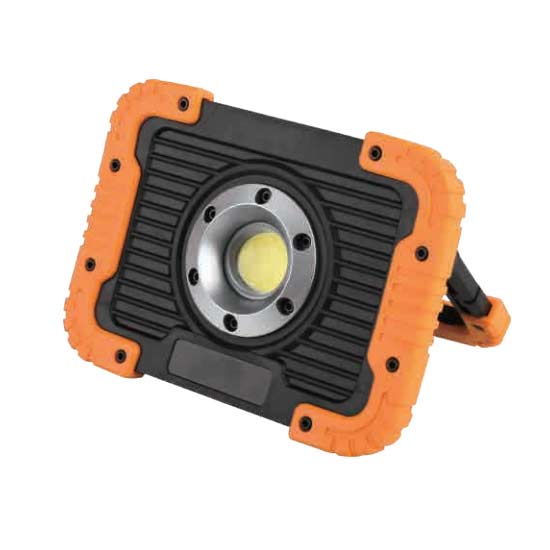 10W Rechargeable Led Flood Light
10W Rechargeable Led Flood Light
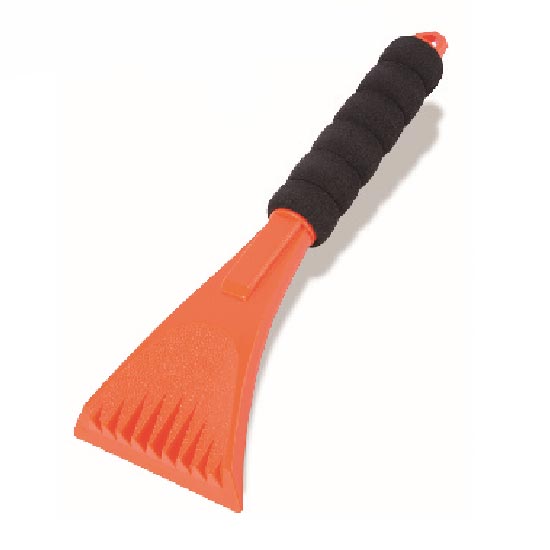 Ice Scraper
Ice Scraper
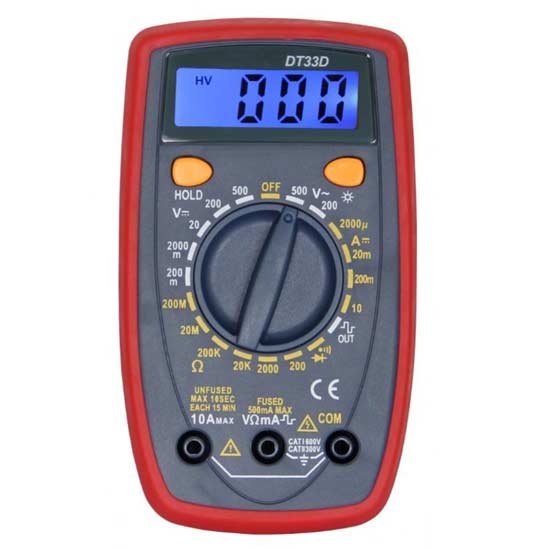 Small Multimeter with Backlight
Small Multimeter with Backlight
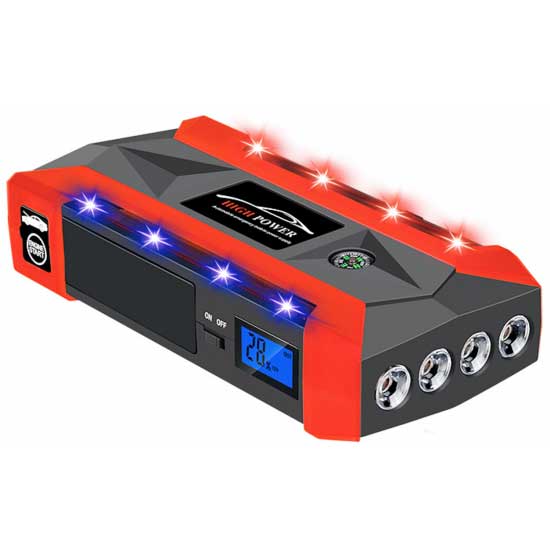 Jump Starter With 4 Led Lights
Jump Starter With 4 Led Lights
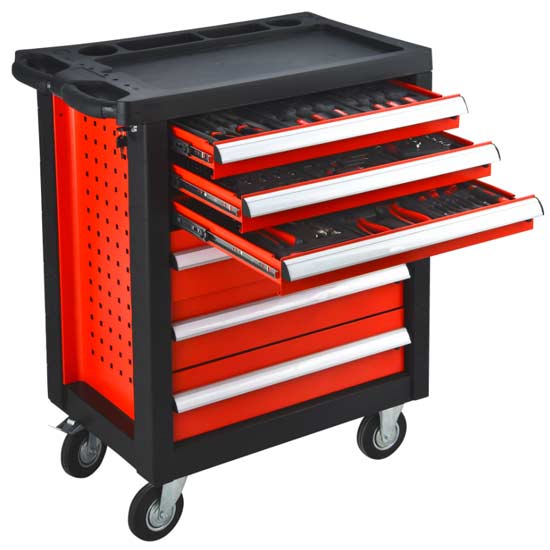 Steel Tool Cabinet
Steel Tool Cabinet
 Large Tool Cabinet
Large Tool Cabinet
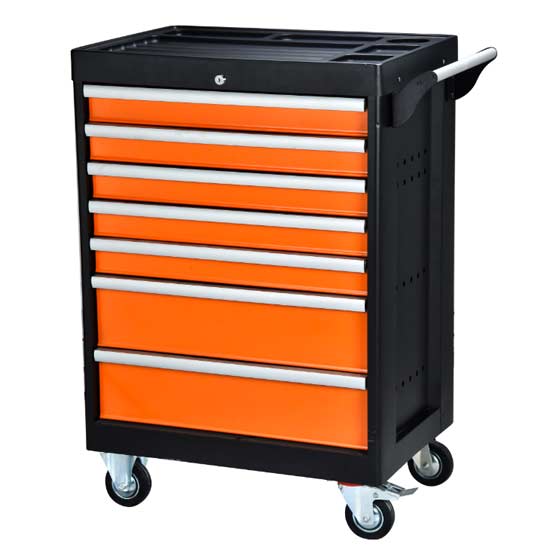 Tool Storage Cabinet
Tool Storage Cabinet
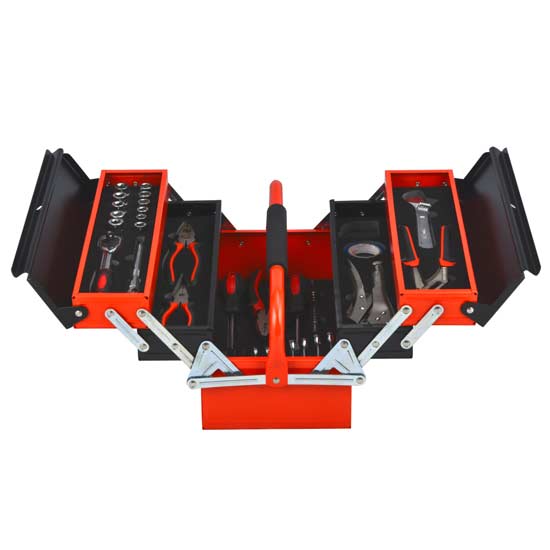 Metal Tool Box
Metal Tool Box
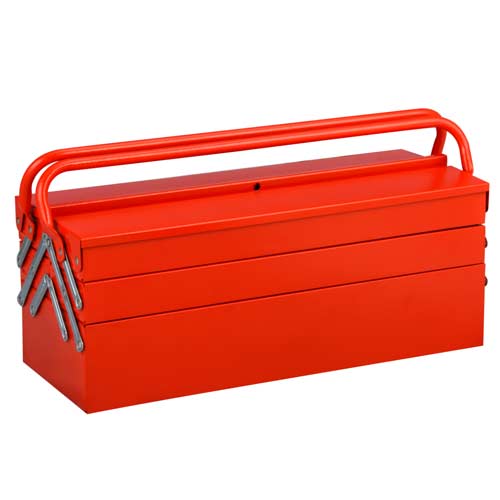 Large Metal Tool Storage Box
Large Metal Tool Storage Box
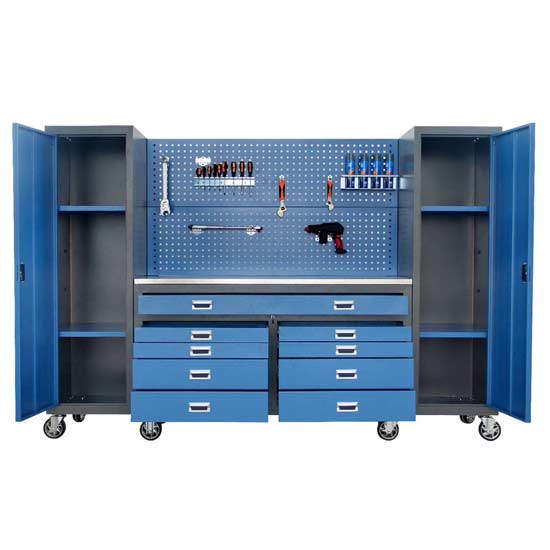 Blue Metal Tool Cabinet
Blue Metal Tool Cabinet
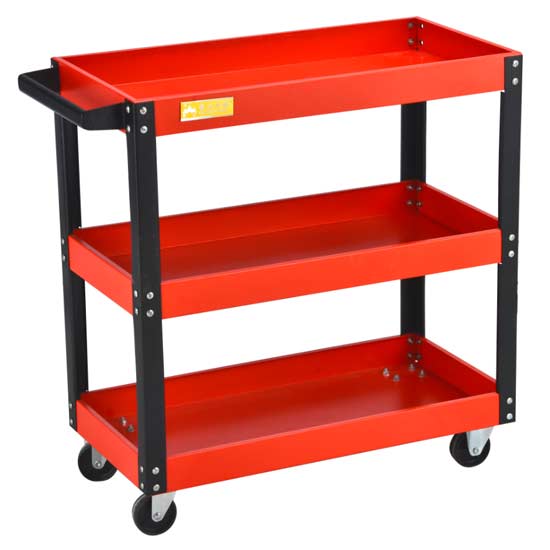 Red Steel Tool Trolley
Red Steel Tool Trolley
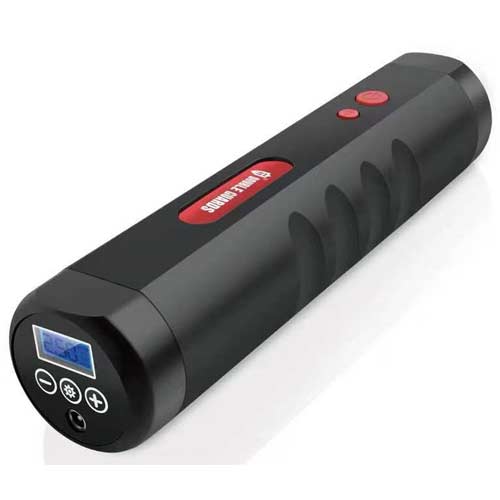 Portable Tire Inflator
Portable Tire Inflator
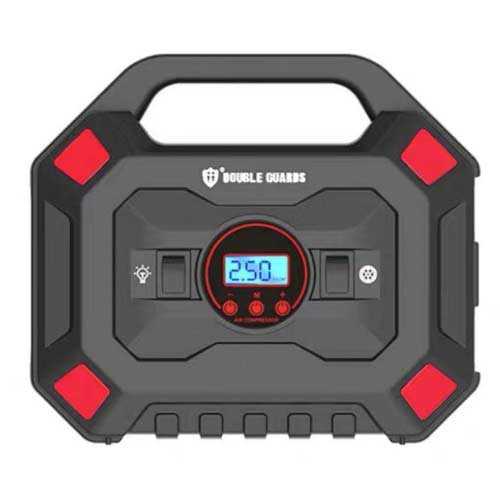 Custom Tire Inflator
Custom Tire Inflator
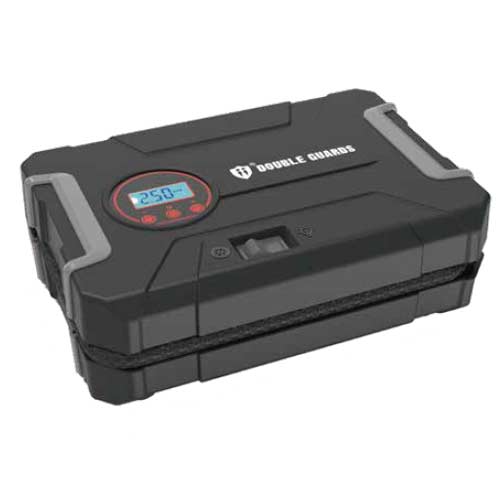 Tire Pressure Pump
Tire Pressure Pump
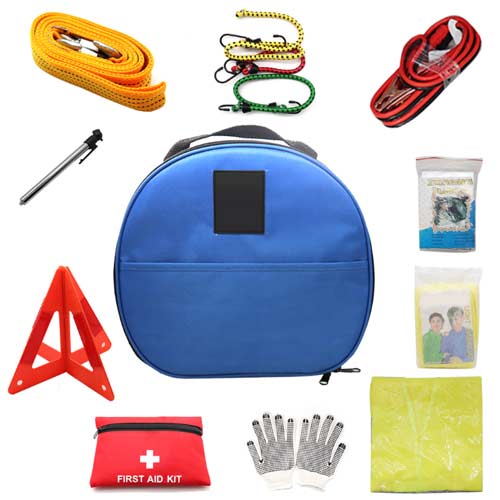 Auto Emergency kit
Auto Emergency kit